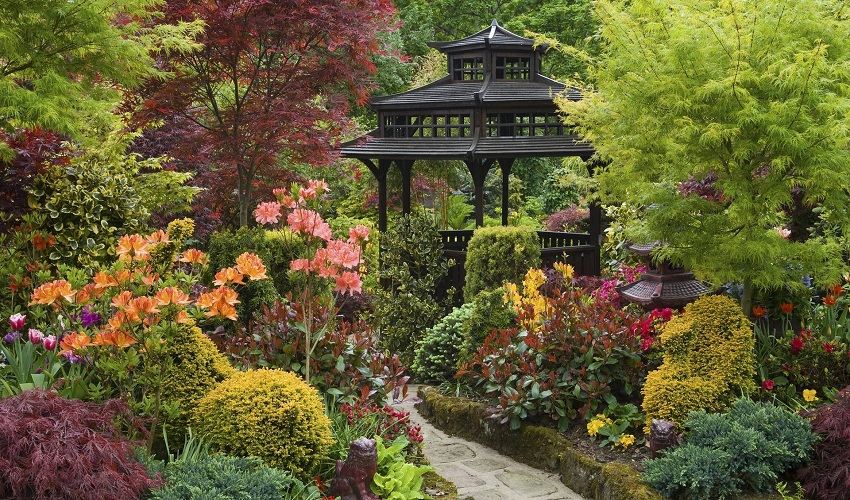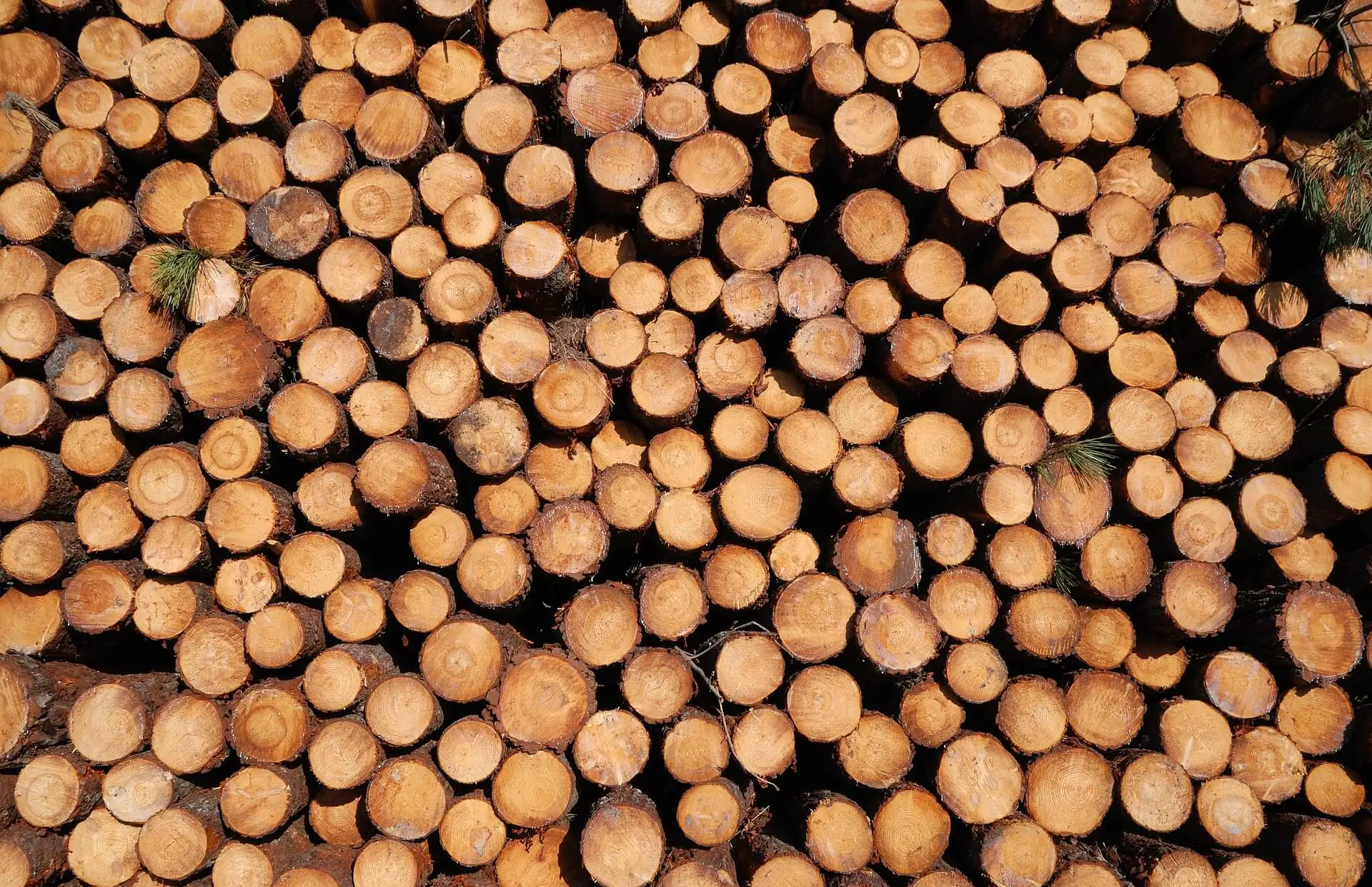Japanese gardens are very beautiful with a distinct feel, and it is a nice idea to have a Japanese-inspired garden that stands out from the crowd. To create a Japanese-inspired garden, you need to understand some of the concepts that are of paramount importance in Japanese gardens.
Japanese gardens tend to follow nature. It means that they use less artificial objects in their gardens and try to mimic the nature. For example, if you want to create a pond, you would not create it in a perfect square or rectangle. Instead, create it in a circular or arbitrary shape as they are found in nature.

Sumi or the balance is another important Japanese concept. This implies that the objects should have the proper size, and no object should seem out of proportion. To represent mountains, use small rocks. Similarly, ponds are used to represent lakes and sand is used to represent beaches. In Japanese-inspired gardens, less is more.
Ma is a concept of time and space in Japanese gardens. Space is important as it is the basis of building anything. And then there are the concepts of wabi and sabi. It means solitary and time strengthened character. In many cultures, the gardens are all about greenery and colors. However, Japanese gardening seeks beauty in all seasons and even leafless trees covered in snow are objects of great beauty.
Spring and winter are the most important seasons for gardening in Japan. Yukimi is another important element of Japanese gardens and it represents snow viewing lantern. Fences and gates have an important place in Japanese gardens. They are seen as the barriers that prevent the worries of the outer world from entering the garden.
There are many types of Japanese gardens. Hill and pond garden or Chisen-Kaiyu-Skiki, flat gardens or hiraniwa, and tea gardens or Rojiniwa are the three common types of Japanese gardens. As a general rule, stones are placed first, followed by trees and shrubs.

Wesley is a home improvement blogger who strives to improve his life and the lives of others. He provides homeowners with helpful tips on how to renovate their homes. His goal is not only to provide easy-to-follow instructions, but also share his own personal experiences for those seeking guidance.








